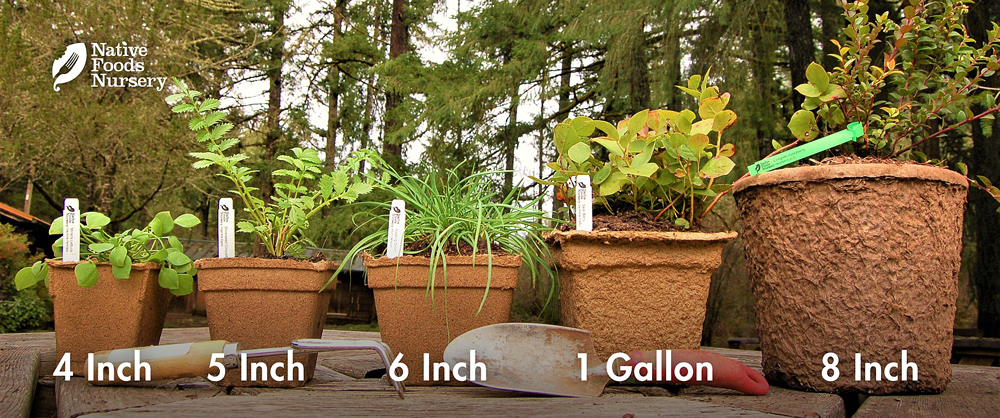California Hazelnut is a deciduous, multi-stemmed nut bearing shrub native to the Western United States.
Edible Uses
It produces an excellent native food source that can be eaten raw or cooked. The nuts have a delicious, highly desirable flavor and can be used to make nut butter or gluten free flour. Hazelnuts are an excellent source of fiber, manganese, and copper. They also can help reduce the risk of heart disease. A medicinal poultice can be made from the bark and used to close cuts, treat tumors, old sores, and skin cancers.
Ornamental Qualities
Hazel produces long pendent male catkins in late winter. The emergence of these long elegant chains of tiny flowers will give your yard a particular charm before most other plants even begin to wake up. The feathery husks of the California Hazel change from a radiant green to an autumn brown as fall comes in. The California Hazel is also highly favored by the native wildlife and will provide the potential for hours of animal observation if you leave some nuts for the local critters.
Environment and Culture
The California Hazelnut is adapted to growing in a wide range of conditions. They can be found in the understory of Fir and Pine forests and are also considered a support species for the Oregon White Oak. They would also work well as an understory plant for the California Foothill Pine, California Black Oak and the Pinyon Pine.
Northwest Native American tribes today still value this special tree as food, medicine, and family. Despite great cultural losses, they continue to work towards stewarding and restoring wild populations, both strengthening the integrity of the ecology and sustaining their cultural heritage and wisdom. These strong and recovering peoples and plants deserve our respect, gratitude, and reparations. (Learn more & how to help on our Charitable Giving page.)
Harvest, Care, and Preparation
Hazelnuts are usually a multi stemmed, tall, spreading shrub but they can be trained to grow like a small tree. They benefit from regular coppicing of the older stems to allow the plant to put more energy into the younger shoots. Hazelnuts should be harvested in the fall after they have ripened on the tree. If you want to get the nuts before the chipmunks, squirrels, and Stellar’s Jays, harvest them slightly under ripe and allow them to ripen off of the tree for a couple months in a cool dry place.
Native Range: CA, OR, WA, BC
USDA zones: 2-9
Chill Requirement: 1040-1395 hrs.
Ease of Care: Very High
Deer Resistance: Good
Light Requirements: Full sun to partial shade
Soil Type: Varies, but prefers well drained slightly acidic soils, can tolerate clay but not saturated soils.
Water Requirements: Dry-Moist, does not need summer watering after establishment.
Pollination: Self Fertile
Bearing Age: 4+ years
Size at Maturity: 5’-12’
Plant Spacing: 5-20 feet
Bloom Time: January-March
Harvest Time: August-October
Pot Sizing Guide
